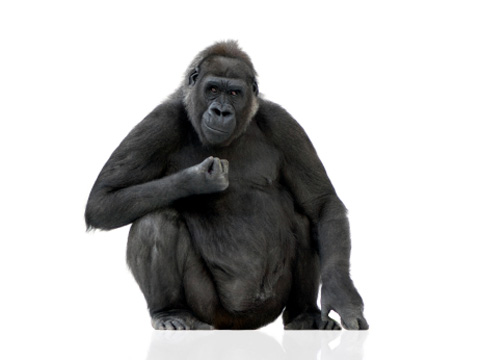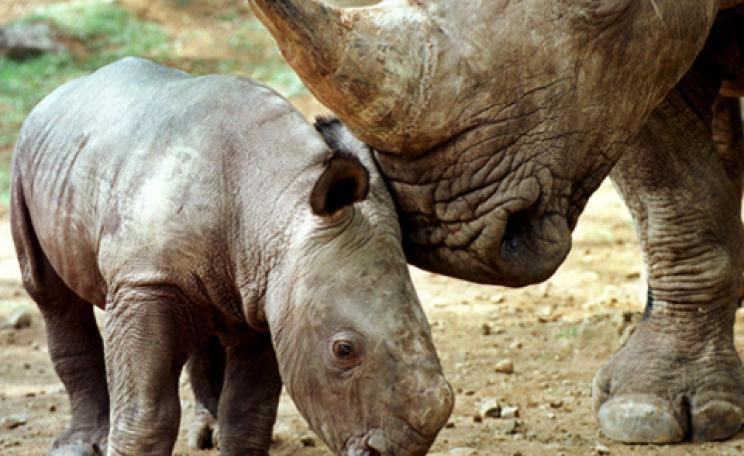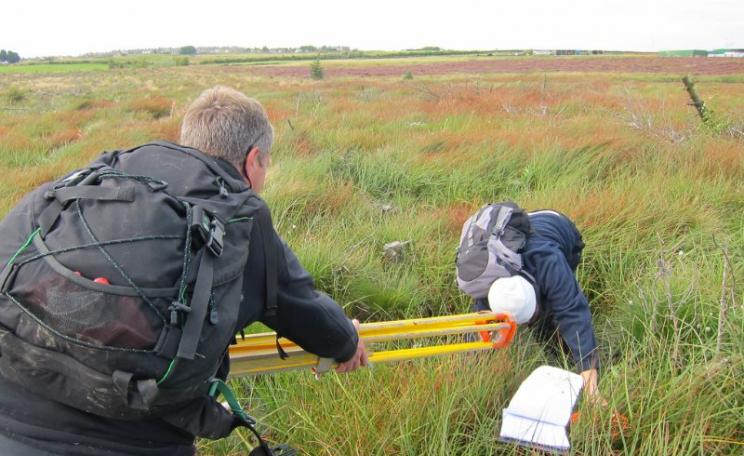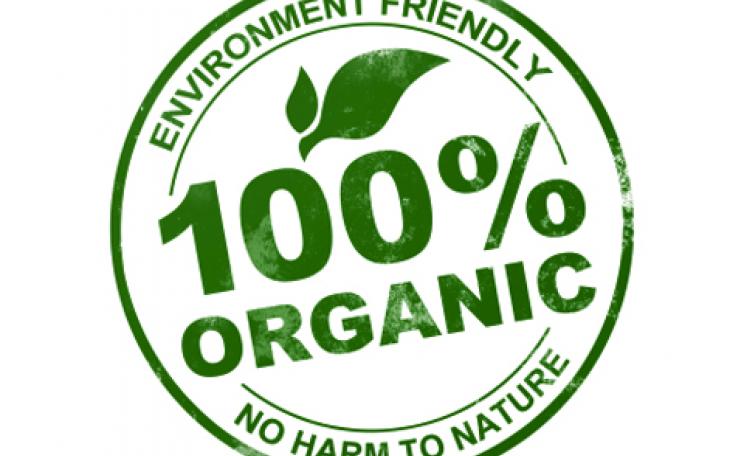The Javan rhino, the rarest of the rhino species, is perilously close to extinction, leading conservations have warned. With fewer than 50 Javan rhinos left on the planet, campaigners say urgent action is needed in order to protect and expand the species.
The only viable population of Javan rhinos is in the Ujung Kulon National Park, on the small Indonesian island of Java. According to the charity Save the Rhino, the rhinos face a significant risk of extinction from a natural disaster or introduced disease.
Cathy Dean, Director of Save the Rhino told The Ecologist: ‘Javan rhinos are not being poached. They’re probably just too few and far between. But there are real risks for habitat encroachment, from traps and snares set for other species.’
Operation Javan Rhino, a joint appeal by Save the Rhino and the International Rhino Foundation, has been launched in a bid to raise funds for the creation of 4,000 hectares of expanded habitat for the Javan rhinos. This would help establish a second ‘insurance’ population helping to expand the species and bring it back from the brink of extinction.
The appeal has already raised $350,000 and it is hoped the target of $650,000 will soon be met. Funds raised will be used to sow rhino food plants, create water sources and wallows, as well as helping with the clearance of the new site and the construction of guard posts, patrol routes and the hiring of anti-poaching units.
‘One of the main problems with Javan rhino conservation is that so few people actually know they exist and with fewer than 50 remaining, virtually no one has actually seen one alive,’ Cathy Dean said.
‘Saving the Javan rhino has pretty long odds, but we have to try and we know it can be done. The Southern white rhino recovered from an all time low of only around 20-50 animals to approx 17,500 today. It needs time, and money.’
IRF and Save the Rhino hope that the launch of Operation Javan Rhino will not only raise funds, but also encourage the Indonesian government to safeguard the future of their National Parks and all the species that inhabit them.
| READ MORE... | |
 |
COMMENT Wildlife conservation repeatedly ignores the needs of the poor Gorillas, elephants, tigers - icons of philanthropy and generosity in the west, but also symbols of the damage that modern conservation can inflict on the less industrialised world |
 |
INTERVIEW Last Chance to See: Q & A with Mark Carwardine 'Last Chance to See', a new BBC series fronted by Stephen Fry and naturalist Mark Carwardine, seeks out six 'wacky and weird' endangered species |
 |
COMMENT Why only hedgehogs can make us love nature A scientist who 'doesn't do dippy nonsense', hedgehog expert Hugh Warwick was moved by one spiny specimen into a new-found appreciation for the natural world |
 |
INVESTIGATION Dead as a dolphin? Another animal’s gone extinct. But this time it’s one of our most beloved creatures – a dolphin. Malcolm Tait reports on a species loss that is more than just another statistic |
 |
INVESTIGATION UK-registered companies connected to controversial Canadian seal cull The first blows may be struck on Canadian ice, but it's at the checkout that the coup de grace is delivered. Andrew Wasley explores the UK companies profiting from the trade in seal fur |








